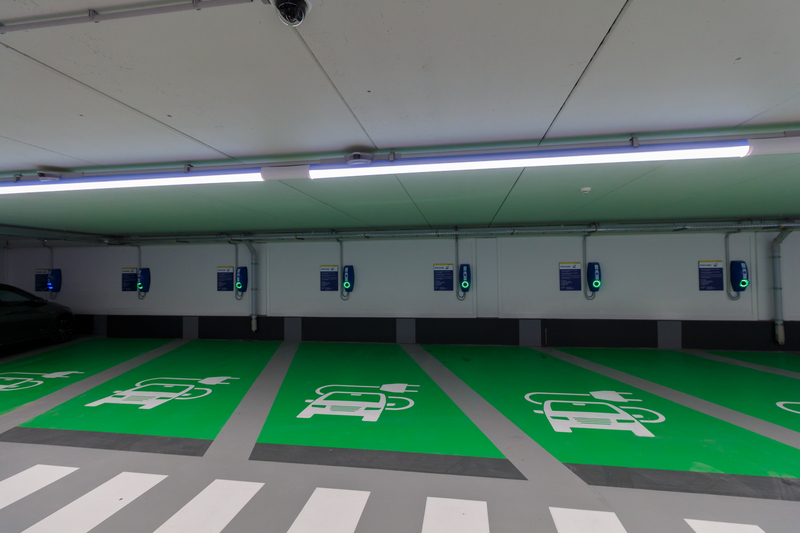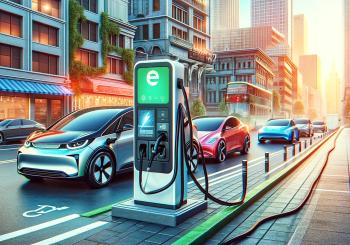In 2016, Sachs, of GPS Parking in Maryland, set up two charging stations in prominent locations. The industry was new and usage was relatively low – but growing.
A competitor down the road started offering charging at the same time, and those stations went unused. What was the difference between GPS and the competitor?
“They didn’t tell anyone about their charging station,” Sachs said. “They stuck it in a corner, and no one used it.”
Sachs has seen this same pattern in many places, including some that are quite surprising. “A business in San Francisco had the same problem – San Francisco, of all places,” he said.
Charging stations should be prominently located and constantly monitored and adjusted based on use, he said.
At first, Sachs offered charging as a perk and differentiator. “I gave the charging for free, and it brought me business,” he said.
He started with two stations, and gradually added more. Each time, he adjusted rates.
First, he charged $2 per hour for one-time parkers and $1 for occasional users. Those with monthly permits continued to charge for free. “It started bringing me money,” he said.
His adjustments continue to this day. “I let the market determine what I need,” he said.





Follow Us On Social Media